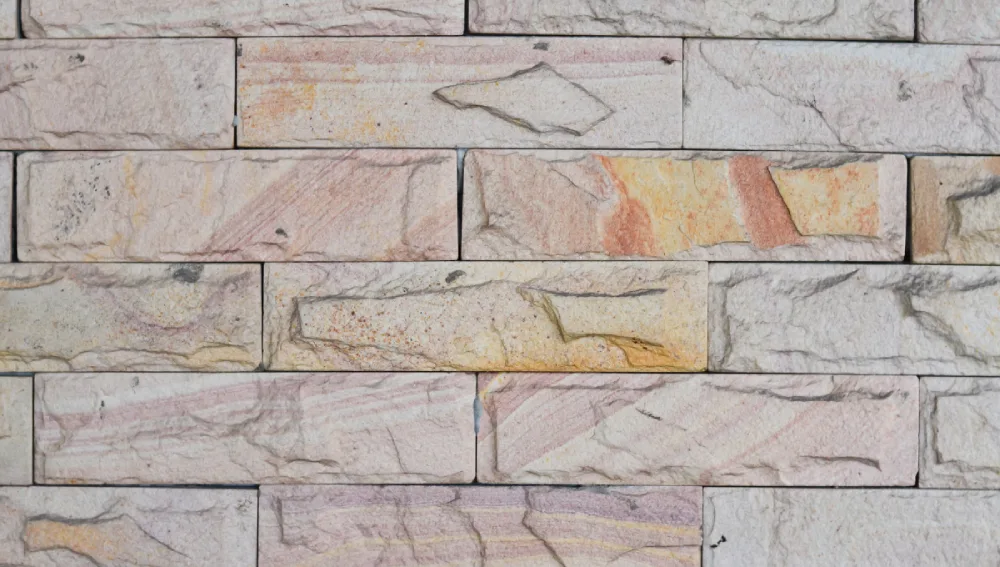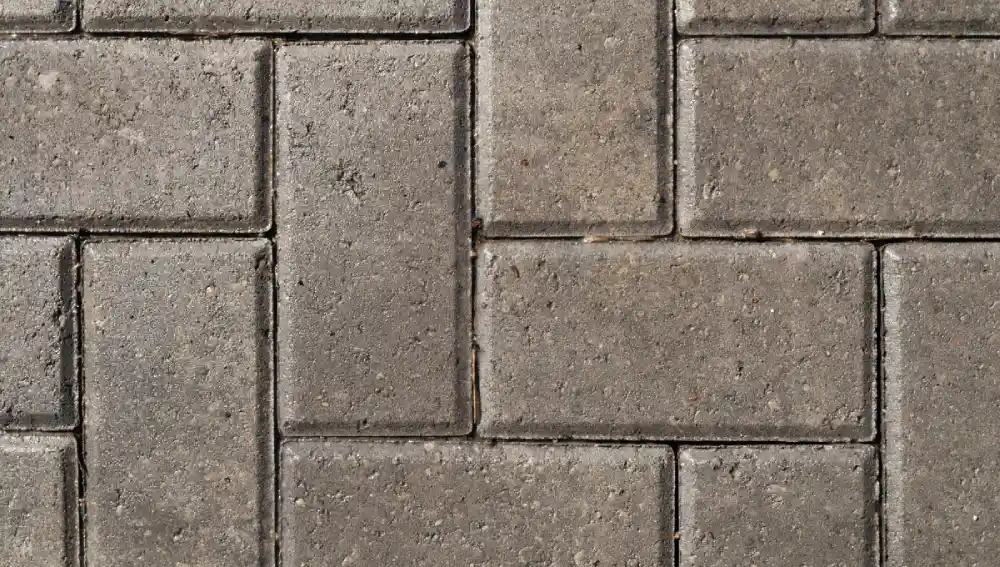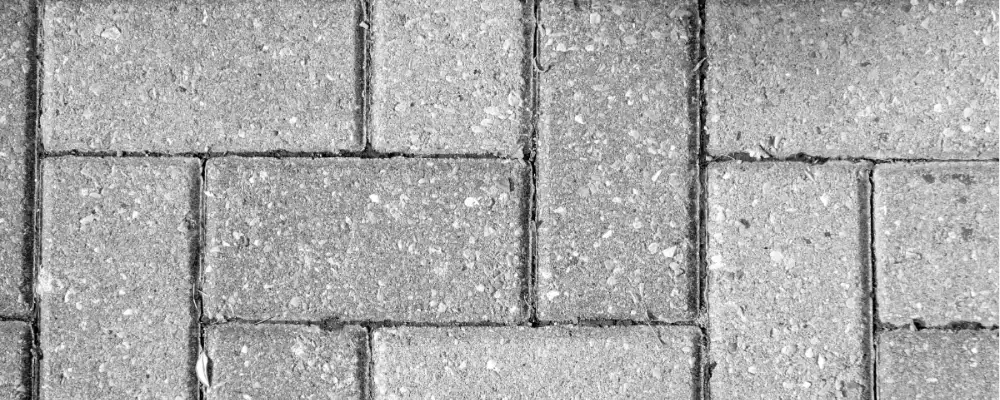We can see that many innovative and advanced techniques have been introduced and used in the construction industry through the ages to ease construction work and make it more effective. Traditional bricks have been used in construction work for a long time. They are made from mixing clay, water, and lime. An alternative to these is interlocking bricks, which have their own set of benefits and disadvantages.
Interlocking Bricks

Interlocking bricks got their name because these bricks work according to the lock and groove method. They are manufactured with a specialised design that has the ability to lock into each other without mortar (mortar refers to the mixture of sand, cement, and water used to fill gaps in the traditional bricks) or cement.There are many types of bricks being used for various construction activities, such as building construction, pavement installation, and other decorative needs. Although these bricks are considered for easy installation, low maintenance, and durability, they also have disadvantages that should be taken into account.
Disadvantages of Interlocking Bricks:
- High initial cost: Interlocking bricks are more expensive than traditional bricks due to their larger size, and they are also manufactured using high- quality materials, which results in a high cost.
- Risk of pest infestation: As there is no plastering needed, there will be minor gaps or fissures between bricks. This becomes a breeding ground for pests like ants, wasps, and beetles. They started to dwell and breed in the fissures, which led to the structural disintegration of bricks.
- Not suitable for high-level buildings: The absence of plastering and concrete makes interlocking bricks less durable. So, they can’t resist heavy loads.
- Modification issues: Interlocking bricks require proper base preparation, and they are locked into each other. So, it is difficult to make any changes or alterations in a particular area, which can collapse the entire construction.
- Prone to weather damage:During heavy rain, interlocking bricks are more prone to waterlogging as water can’t escape through the surface. In extreme heat conditions, they are also exposed to fading.
- Risk of weed growth: Weeds can grow easily after heavy rain if the soil has moisture and nutrients. Soil and dirt accumulated in the small gap between interlocking bricks, along with water accumulation, can nurture the growth of weeds.
- Limited load-carrying capacity: These bricks can’t withstand heavy loads as there is no concrete mixture for stability. They have gaps, which can compromise the overall strength of the construction.
- Hard to clean: As they have fissures and gaps on a rough surface, soil and dirt can easily penetrate between them. They are susceptible to other dirt like grease, oil, and food waste, which can make the cleaning process more challenging.
- Limited availability of colours and designs: Manufacturing of interlocking bricks is a tedious process, and it needs quality materials and more time. So, achieving colours and various designs is challenging in the production.
- Not suitable for all drainage systems: These bricks lack water drainage due to their size and can’t withstand heavy waterflow. Therefore, they are not advised to use in wet areas like bathrooms and other garden spaces.
- Noisy installation: Installation of interlocking bricks can create a noisy environment due to cutting, trimming, and hammering of bricks.
Mitigating the Disadvantages: Effective Solutions

- Use high-quality and high-strength interlocking bricks to attain durability and structural integrity.
- Pest infestation can be prevented by sealing bricks and by using pest-resistant paints or coatings. Gaps can be sealed by using sealant materials such as silicone or polyurethane.
- As interlocking bricks can’t withstand heavy loads, use them in less-traffic areas where there are fewer heavy vehicles. It is suitable for narrow streets and pedestrian areas with limited vehicular access.
- Drainage issues can be resolved with slope bricks, which ensure water runoff without logging.
- It is advisable to use weather-resistant or cooling coatings. To prevent these bricks from fading, they can be used in sheltered areas like school and college halls, auditoriums, bus stands, railway stations, and so on.
- Regular maintenance and cleaning can help prevent weed growth.
- To minimise the noise level of installation, it is recommended to install bricks during less busy times. Using noise-reduced equipment and sound barriers can also help reduce noise.
- Regular sweeping, pressure washing, and using weed and sand removal tools can help to maintain a clean surface.
- Interlocking bricks are not suitable for high-level buildings, but they are greatly suitable for pathways, garden passages, courtyards, and outdoor spaces. Because they are non-slip and can resist heavy foot traffic.
- These bricks are available only in limited colours, but they can be painted or coated with specialised materials to get an aesthetic appeal.
Conclusion
Interlocking bricks have several benefits and also some drawbacks. The possible disadvantages and the ways to mitigate them using different techniques have also been discussed here. By understanding the applications and challenges of interlocking bricks as well as other key factors, it is possible to attain a solution for construction projects.
FAQs
Yes, interlocking bricks can crack due to extreme weather conditions, heavy loads, and poor base structure.
No, they are not suitable for high-rise buildings; they can’t withstand heavy loads.

